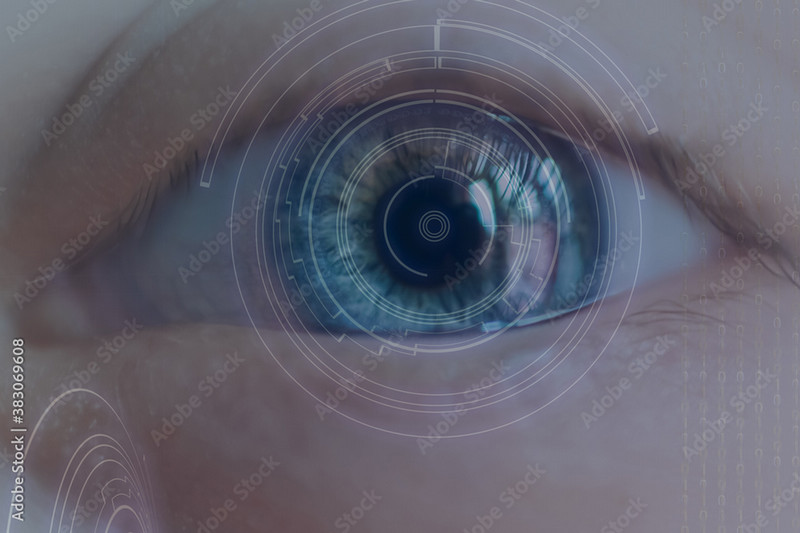
Summary
|
Up to one half of acute brain injury (ABI) patients die during hospitalization. Deaths
after ABI are largely driven by the decision to withdraw life-sustaining therapies. This decision is heavily influenced by the assessment of responsiveness in comatose ABI patients. Clinicians are often faced with uncertainty when family members ask, “Will my loved one wake up?”. Observing eye tracking to different visual stimuli is an important part of clinical examination to determine the conscious state and the potential for recovery of consciousness. Current literature estimates approximately 40% of clinical evaluations inaccurately classify patients as not tracking, indicating a lower level of consciousness. This classification puts patients at risk of inappropriate withdrawal of life-sustaining therapies and subsequently leading to death. This team aims to: 1a) Identify Covert Tracking Through Commercially Available Hardware (Glasses), 1b) Identify Covert Tracking Through built-in Cameras of Tablets, Smartphones, Laptops (Computer Vision), and aim 2)To Develop an Application to Identify the State of Covert Tracking (Application Development).
|
Team
|
Ayham Alkhachroum (Neurocritical Care), Mohamed Abdel-Mottaleb (Electrical and Computer Engineering), Tulay Koru-Sengal (Public Health Sciences), Brian Manolovitz (Neurology), Mostafa Abdel-Mottaleb (Biomedical Engineering), Gabriela Aklepi (Medical Education), Pablo de La Fuente (Economics and Computer Science)
|




